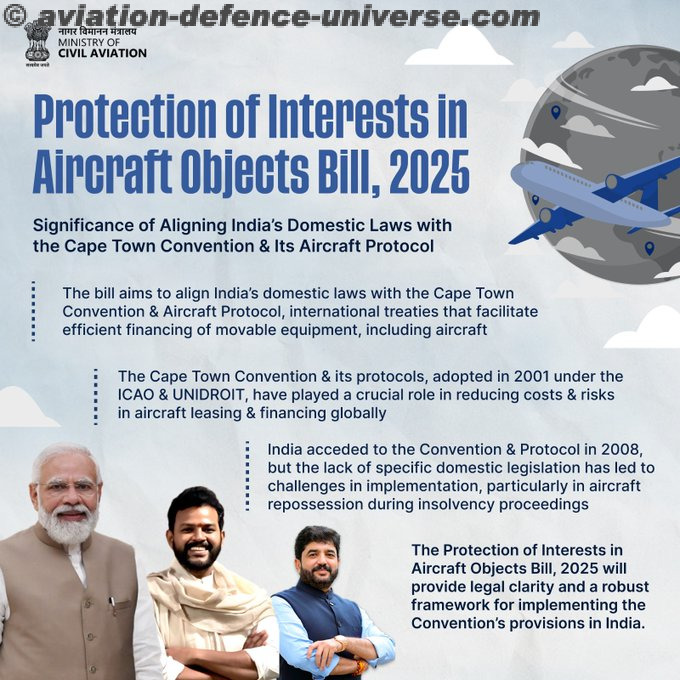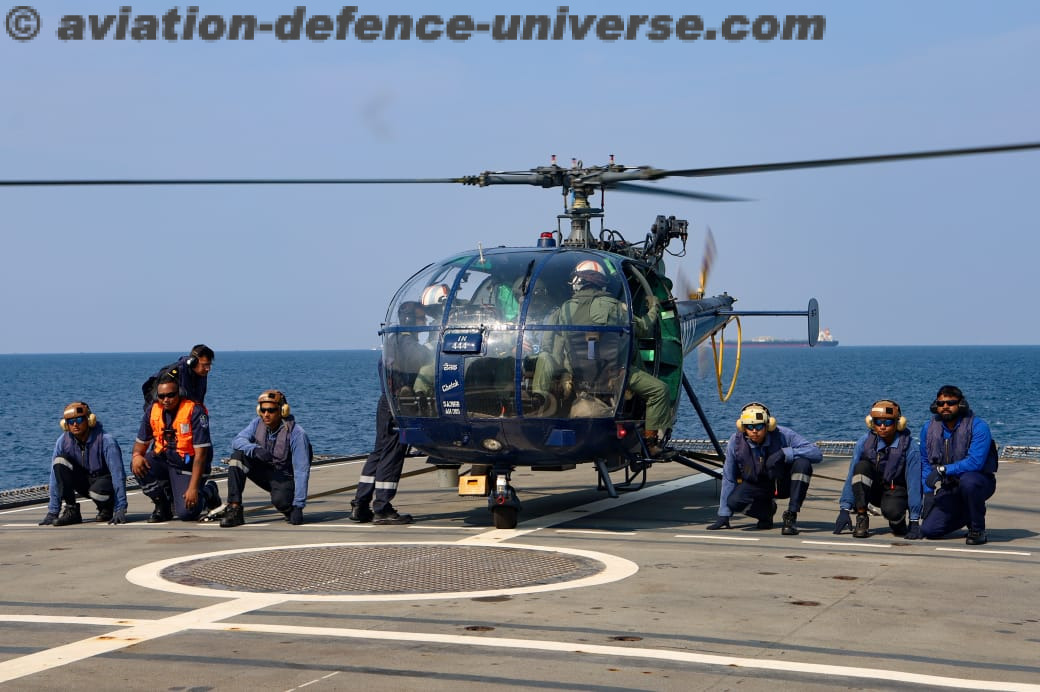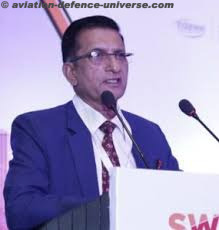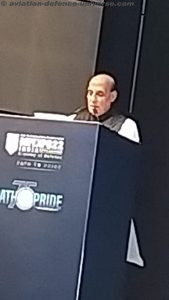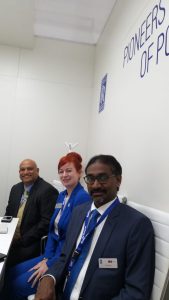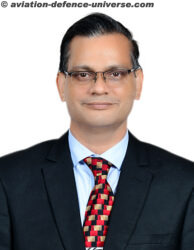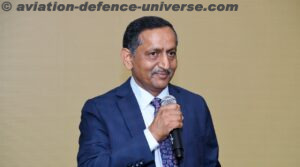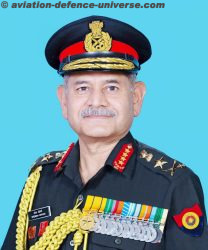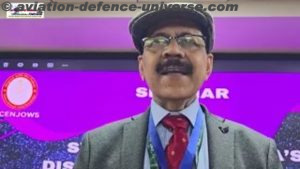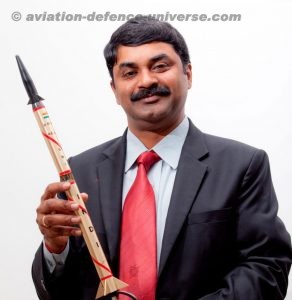
New Delhi. 02 February 2020. “It is prudent to use state funded infra of PSU and OFs, with subsystem support from industry. This model we have been using with good success. At the same time we are encouraging the private Industry with the production orders as sub contractors, so that they grow in future as main suppliers. The dual-use technologies will also encourage industries to come forward,” said Dr G. Satheesh Reddy Chairman of Defence Research and Development Organisation (DRDO) and Secretary, Department of Defence R&D, Government of India and Director General, Aeronautical Development Agency (ADA) in an exclusive interview with Aviation & Defence Universe(ADU).
ADU. DRDO is often criticized for failing to meet deadlines and not been up to the mark. As Chairman DRDO and Secretary DD(R&D) please comment on it?
DSR. Defence research and development takes longer dwell times due to stringent requirements of environmental testing and validations. For developing the state-of-the-art defence systems one cannot take anything to chance. We have to cater for systems that are effective under varied terrain conditions and meet stringent military requirements of all the three services. Fast changing technologies are another factor impacting the system design and development cycles, since new technologies need to be evaluated for robustness, endurance and proving them in the military context. Prototypes are prepared as per the guidelines and manufacturing them as per the required numbers is another process in itself. With governments’ focus on indigenous development and “Make in India” policy, Indian industries are gearing up to meet the defence requirements. The two defence corridors would be game-changers in the times to come. Recent DRDO initiatives and the Govt support will see good results.
ADU. From R&D to prototype development and subsequent production through OFBs and DPSUs results into a monopoly and cartelisation. How do you plan to change it?
DSR. While the OFs and Def PSU have established themselves over a period of time with vast infrastructure and experience, defence private industry in the country is maturing. Defense business demands large investment in infrastructure and the returns takes long, which the private sector can’t afford. It is prudent to use state funded infra of PSU and OFs, with subsystem support from industry. This model we have been using with good success. At the same time we are encouraging the private Industry with the production orders as sub contractors, so that they grow in future as main suppliers. The dual-use technologies will also encourage industries to come forward.
We have also introduced the policy of identifying Development cum Production Partners (DcPP) on a competitive basis from both private and public industry for development of systems based on DAC approval.
ADU. How is DRDO matching steps with PM’s “Make in India” march?
DSR. DRDO has taken initiatives in a big way to match the expectations of ‘Make in India’. A number of SAM systems, Radars, Sonars, Torpedoes, EW systems, guns like ATAGS and various kind of ammunitions are being manufactured indigenously in large numbers. Plans have been finalized to further increase the production of indigenous equipment and systems. Defence corridors will play a vital role in “Make in India”. These will become major export hubs in future. As of now, all the DRDO projects barring a few joint ventures have been designed keeping in mind the Indian industries and the ‘Make in India’ policy.
ADU. Does DRDO plan its future projects keeping China and Pakistan inventories in mind?
DSR. The systems developed for the defence preparedness of the country are based on the user requirements, futuristic strategic aims and the global technological developments. DRDO, being the premier Defence and Development Organisation of the country has to keep pace with the state-of-the-art weapon systems.
ADU. How is DRDO promoting the Start Up movement in defence?
DSR. Our Young Scientist Labs, recently dedicated by PM, will not only act like start-ups for defence research but will also interact with Indian start-ups in a big way. These labs will be working in niche technology areas, where start-ups will play a vital role as a stake holder. Other schemes like Technology Development Fund and Kalam Innovation Contest are launched for encouraging and leveraging the start-up culture in the country.
ADU. What is the status of the Kaveri Gas Turbine program?
DSR. While developing Kaveri engine, a number of milestones have been achieved. Today, we are in the advance stages of developing an indigenous engine for Nirbhaya. Kaveri dry engine is also getting tested for unmanned aerial vehicles. In [making] dry engine, we are very confident today. Some ground tests are being done and other tests are scheduled as per plan. These developments will extend to marine applications also.
ADU. What is the status of network centric warfare (NCW) in India & DRDO’s foray into it?
DSR. Technologically DRDO products are network enabled. The warfare strategies are evolved for network centricity by users. Formation of CDS and it’s interaction with DRDO will shape the specific strategies for implementation.
ADU. What is the status of the R&D on UAVs and robotics at DRDO?
DSR. We are working on Rustom II at Benguluru. ADE is working on many other UAVs. Our laboratories CAIR and R&DE(E) are working on autonomous technologies and development of various kinds of robots for multiple applications.
ADU. What are DRDO’s developments for Navy in the recent past?
DSR. Our vast shoreline necessitates a variety of systems to meet the requirements of the Indian Navy. The Light Combat Aircraft (LCA-Naval version), Autonomous Under Water (AUW) vehicles, Air Independent Propulsion (AIP), various kinds of missiles for Airborne/ subsea/ sea/ land version, Torpedoes for various platforms, sonars for various platforms, Anti torpedo defence systems, electronic warfare systems, software defined radios (SDR) etc are being developed for the Indian Navy.
ADU. Give a brief outline on the upgrades in Army in which DRDO is involved?
DSR. Upgradation is a continuous process wherein the latest technological advancements are incorporated in the existing systems giving them an edge. Upgrades like Pinaka Mk II, Guided Pinaka, Arjun Mk 1A, Mining equipment, ammunition with high depth of penetration (DoP), FSAPDS for T-series & Arjun tanks, Radars for longer ranges and mountainous versions, Akash weapon systems for mountainous version, Akash weapon systems for mountainous terrain have been developed for the Indian Army besides new systems like Advanced Towed Artillery Gun System(ATAGS), Wheeled Armoured Platform (WhAP), various types of surveillance systems and bridges etc.
ADU. List out the projects DRDO has for the IAF?
DSR. The Light Combat Aircraft Tejas, various kinds of missile systems like Surface-to-Air, Air-to-Air, Air-to-Ground Bombs, Airborne Early Warning Systems, Avionics and Electronic Warfare Suites; Communication Systems etc are being developed for the Indian Air Force.
ADU. Elaborate on the critical technologies DRDO has transferred to manufacturers?
DSR. With the promulgation of new ToT policy, incorporating 0% ToT fee and 0% royalty, a large number of defence manufacturers have shown interest. We have facilitated 87 industrial licenses for defence manufacturing and 110 NOCs for defence exports. So far 966 LAToTs have been signed; out of which 114 were in this financial year itself. Astra Missile systems, Medium Power Radar Arudhara, Varunastra, Light weight Torpedo and Pinaka systems are among the prominent ones.
ADU. What are the challenges faced by DRDO and how does it plan to overcome them?
DSR. Expectations from DRDO, the premier R&D organisation of the country, are very high and we strive to give our best. Inadequate manpower as compared to the number of technologies, systems and products that are being designed and developed is being offset by streamlining the processes and putting all the available resources to best use. We are geared up to face the challenges and come out with flying colours.
ADU. What are the future plans and strategies to achieve the aims for DRDO?
DSR. DRDO is working on the large development programs like AMCA, LCA Mk II, long range Radars, advanced missile technologies, Arjun Mk II etc, towards meeting the user requirements. DRDO is encouraging industry participation to leverage their strengths in production and manufacturing. DRDO has created many centers of excellence and tie-up with Academia for technologies and applied applications.













